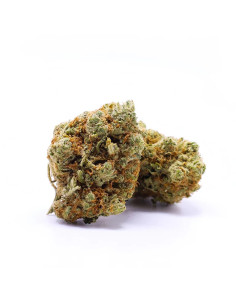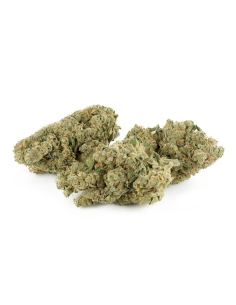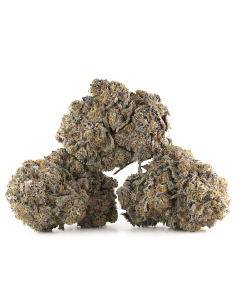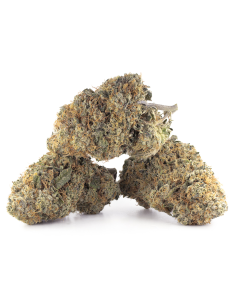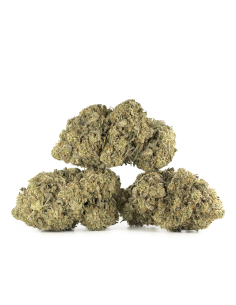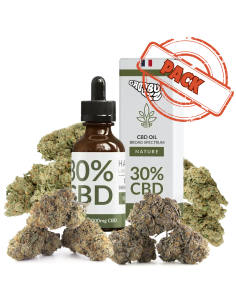In recent years, CBD flowers have emerged as a popular, natural alternative for those seeking the potential therapeutic benefits of cannabis without the psychoactive effects of THC. These carefully cultivated hemp buds offer a multitude of health benefits, and their popularity continues to grow. In this comprehensive guide, we'll dive into the world of CBD flowers, exploring their benefits, legality, usage, and much more. Whether you're new to CBD or an experienced enthusiast, this text will provide you with valuable information about the world of CBD flowers.
1. What are CBD flowers?
CBD flowers, also known as hemp flowers or buds, are the raw, CBD Flowers of the hemp plant (Cannabis sativa). They are naturally rich in cannabidiol (CBD), a non-psychoactive compound that interacts with the body's endocannabinoid system (ECS). Unlike THC, CBD does not induce "euphoria" and is known for its potential therapeutic properties.
2. Health benefits of CBD Flowers:
CBD flowers have gained recognition for their many potential health benefits, including:
- Pain relief: CBD may help relieve chronic pain and inflammation by interacting with receptors in the ECS.
- Reduction of anxiety and stress: Users report a calming effect that may help manage stress. anxiety and stress.
- Sleep improvement: CBD may promote better sleep patterns and help with insomnia.
- Neuroprotection: It has shown promise in protecting against neurodegenerative diseases.
- Anti-epileptic properties: CBD is an FDA-approved treatment for certain forms of epilepsy.
- Anti-inflammatory: It may reduce inflammation and support the immune system.
3. Legal Status:
The legal status of CBD flowers varies by country and state. In many places, they are legal as long as they contain less than 0.3% THC. Always check local laws before purchasing or using CBD flowers.
4. How to use CBD flowers:
CBD flowers can be consumed in a variety of ways, including:
- Smoking: Dried CBD flowers can be smoked in a joint or a e-cigarettes or vaporizers for quick effects.
- Vaporize: Vaporizing CBD is a smoke-free option that heats the flower without burning it.
- Infusions: CBD flowers can be used to prepare infused oils, tinctures or edibles.
- Topical: CBD infused gummies and balms can be applied directly to the skin for targeted relief.
When searching for CBD flowers, go for quality. Look for products:
- Third-party tested for potency and purity.
- Organically grown to avoid harmful chemicals.
- Stored properly to preserve freshness and potency.
6. Dosage Guidelines:
Dosage varies from person to person. Start with a low dose and gradually increase until you achieve the desired effects. Consult a healthcare professional for personalized advice.
7. Potential side effects:
Although CBD is generally well tolerated, some users may experience side effects such as dry mouth, dizziness, or changes in appetite. These effects are generally mild and temporary.
Conclusion:
CBD flowers offer a natural and potentially therapeutic alternative for those seeking relief from various health conditions. As the demand for CBD products continues to grow, it is essential to understand their benefits, use and legal considerations. By staying informed and choosing high-quality CBD flowers, you can embark on a journey to potentially improve your overall well-being while enjoying the benefits of this versatile plant.

